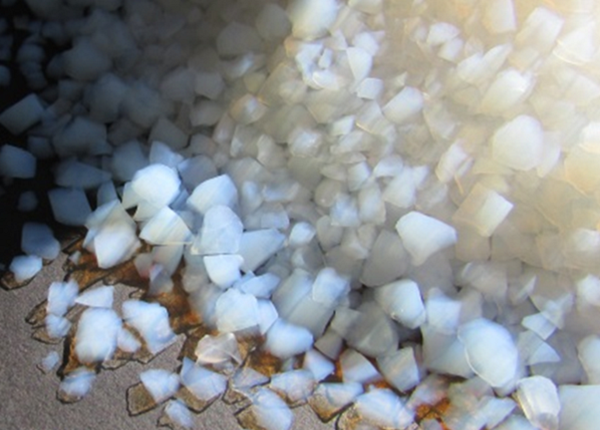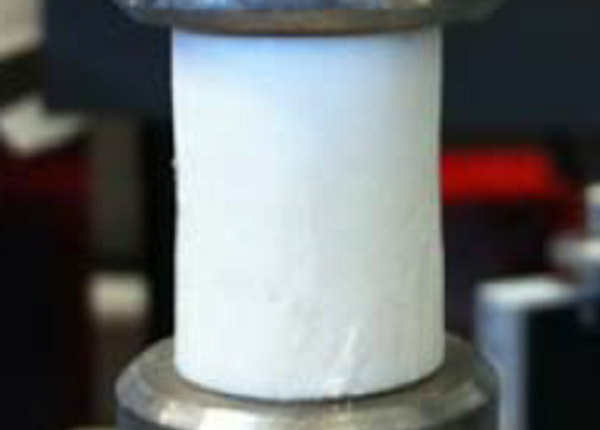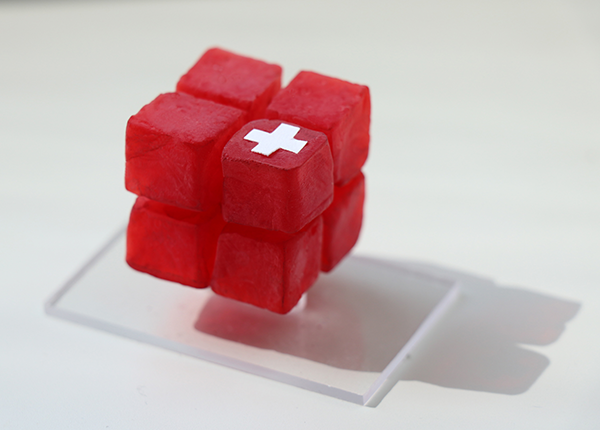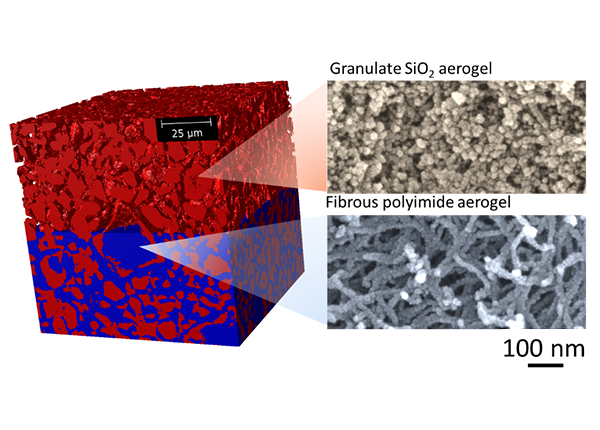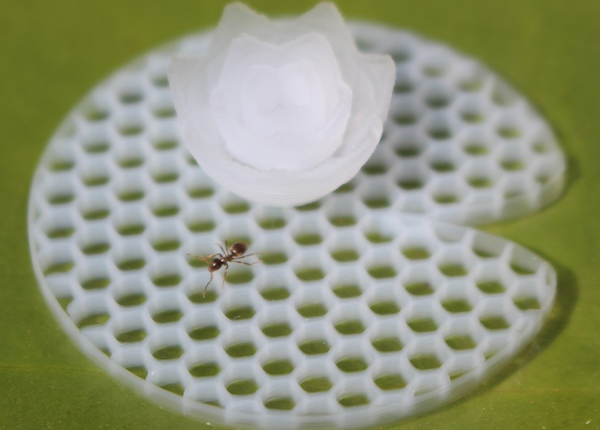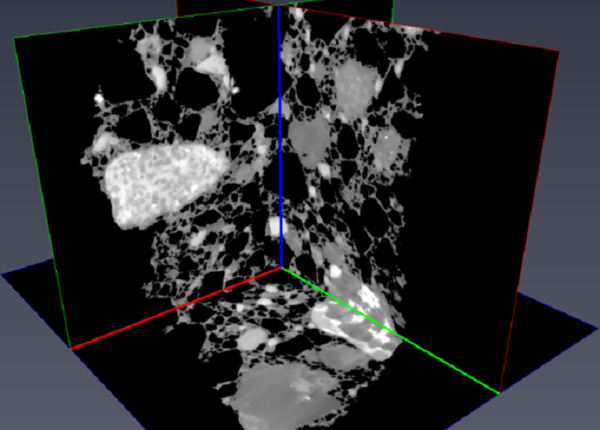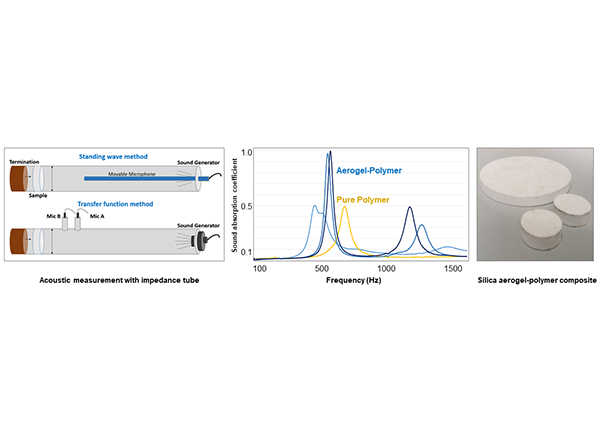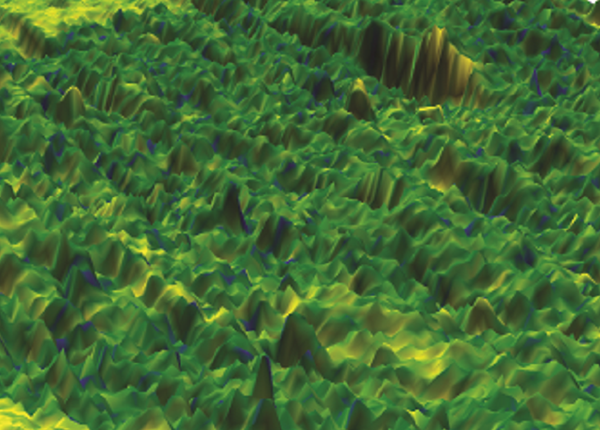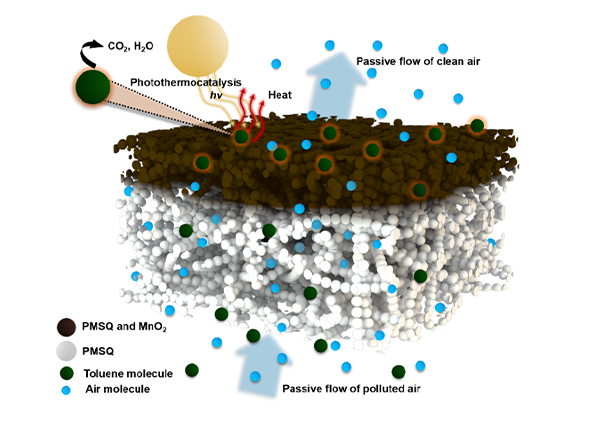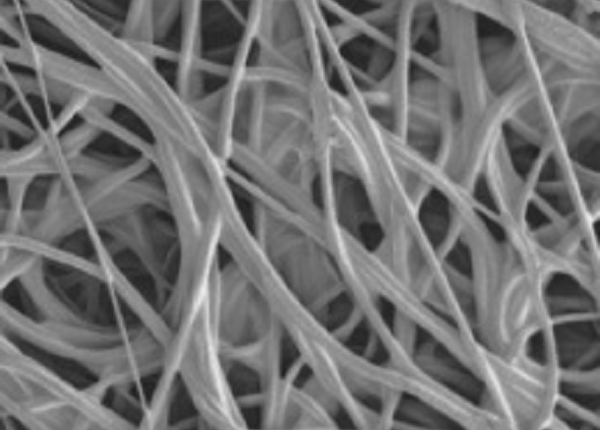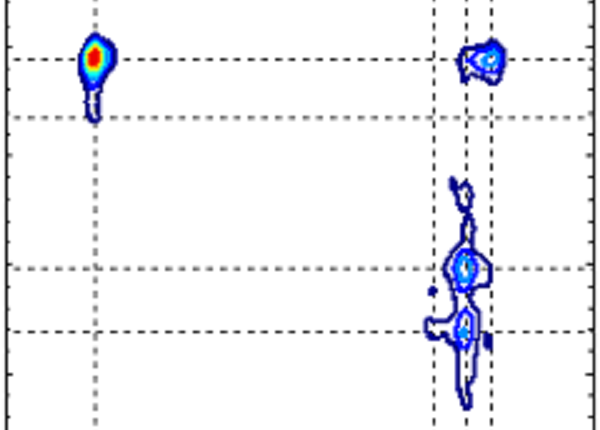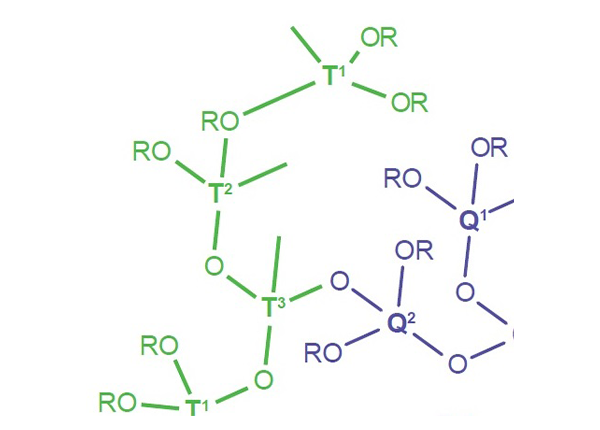Superinsulation Materials Group
Improving the energy performance of the existing, mostly poorly insulated, building stock has the potential to reduce energy consumption for heating and cooling by >70%, corresponding to a reduction of about 25% of the total Swiss energy demand. Thus, improving building insulation is a key component to achieve the goals of the Swiss Energy Strategy 2050. In the Superinsulation Materials Group, we develop the next-generation insulation materials with improved thermo-mechanical properties. Our activities include fundamental research, industry-sponsored materials development, pilot-scale production technology, and new manufacturing and shaping technologies.
Aerogel insulation can have a thermal conductivity below 15 mW/(m.K), half of that of conventional insulation, for example mineral wool with 33 mW/(m.K). As a result, the same energy savings performance can be achieved for half the insulation thickness. In the Superinsulation Materials Group, we aim to remove the main barriers for the widespread adoption of aerogel insulation, including production cost and mechanical strength. We do this by developing new production technology and new materials with improved mechanical properties. In addition, we develop new analytical tools to study aerogels and other sol-gel materials. Finally, we develop and invent novel applications for silica aerogel in miniaturized devices.
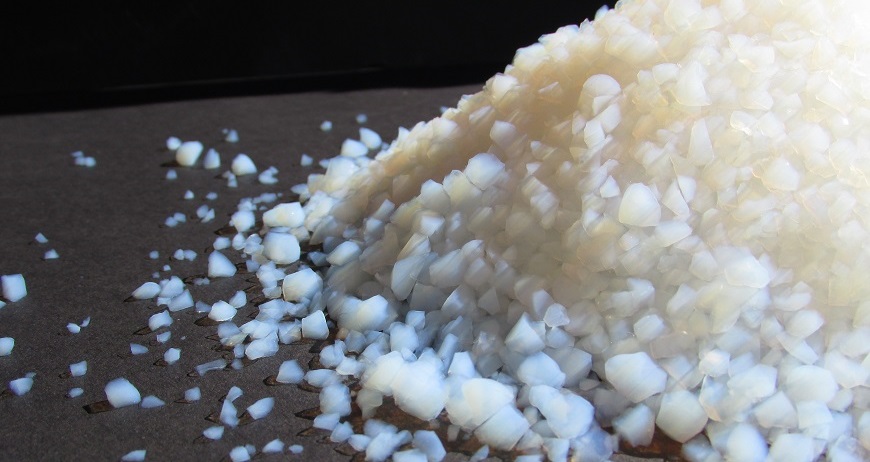
In terms of materials chemistry, the group's competences cover nearly all common aerogel systems, including silica, alumina and PMSQ aerogels, biopolymer aerogels such as cellulose and pectin, polymer aerogels such as polyurethane, resorcinol-formaldehyde resins and polyimide aerogels, and carbon aerogels. A lot of our activities also focus on functionalized and hybrid aerogels that combine various materials chemistries and properties.


